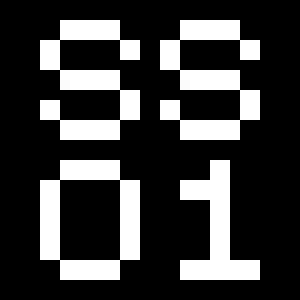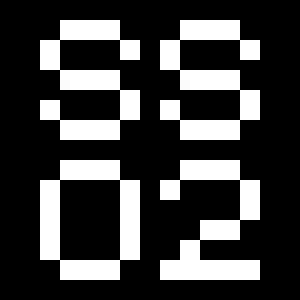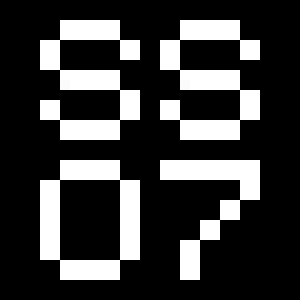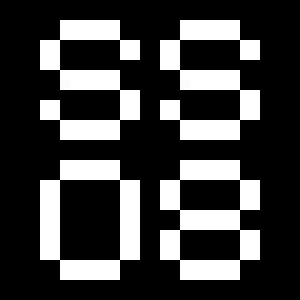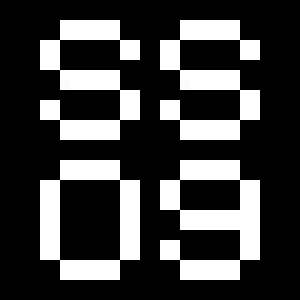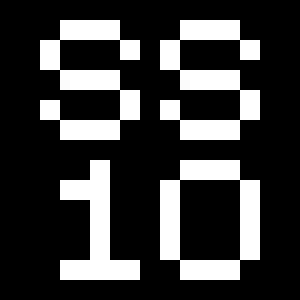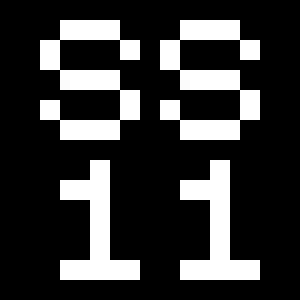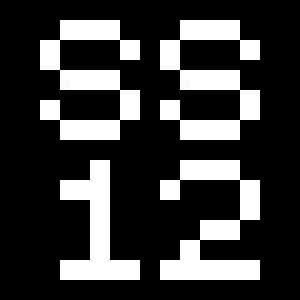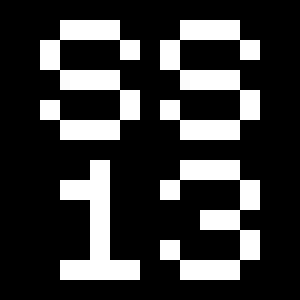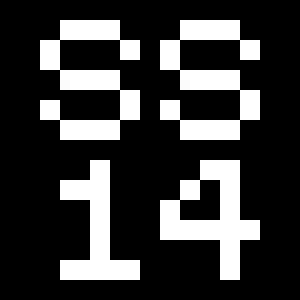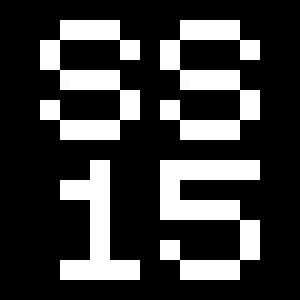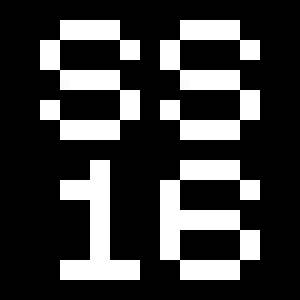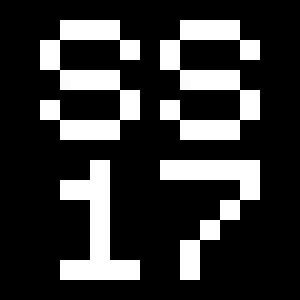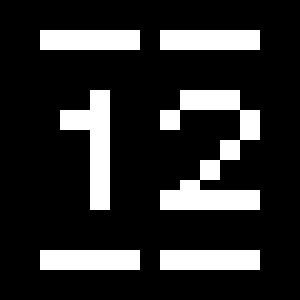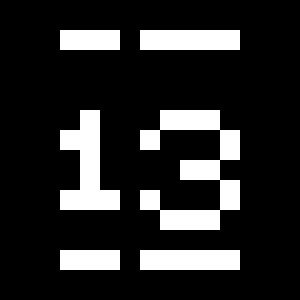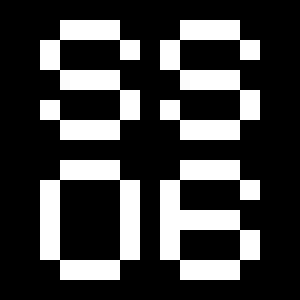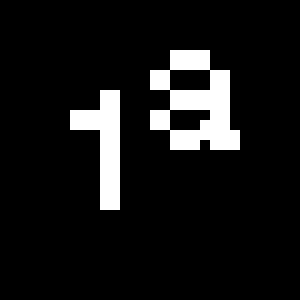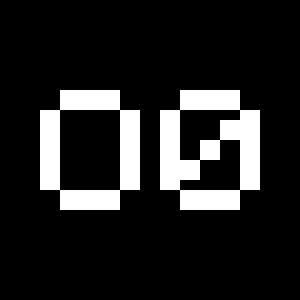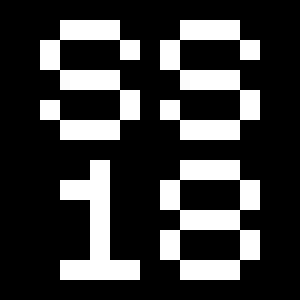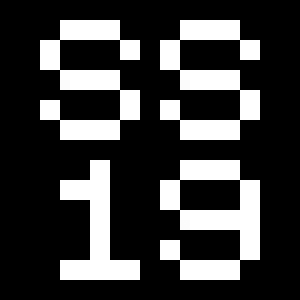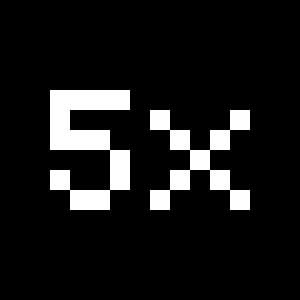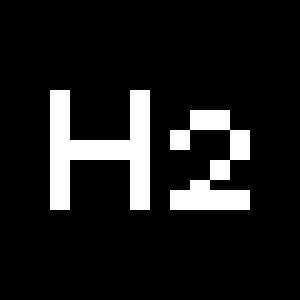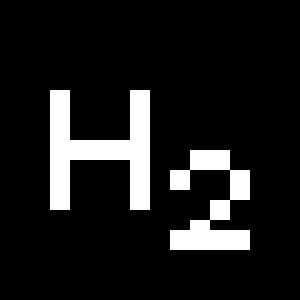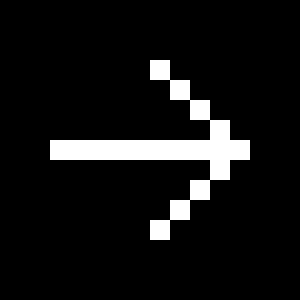Programme
OpenType Features
JQUefgj&@
ĴIJÚÙÛÜŨŪŬŮŰŲ
èéêëēĕėęěĝğġģĵij
JQUefgj&@
ĴIJÚÙÛÜŨŪŬŮŰŲ
èéêëēĕėęěĝğġģĵij
GKRShmnru¿?π∫ƒ$
ĜĞĠĢĶŔŖŘŠŚŜŞȘ
ĥħñńņňʼnŋŕŗř
ùúûüũūŭůűų
GKRShmnru¿?π∫ƒ$
ĜĞĠĢĶŔŖŘŠŚŜŞȘ
ĥħñńņňʼnŋŕŗř
ùúûüũūŭůűų
a
àáâãäāăåǻą
a
àáâãäāăåǻą
e
èéêëēĕėęě
e
èéêëēĕėęě
fgjtJ
ĝğġģijĵťŧțIJĴ
fgjtJ
ĝğġģijĵťŧțIJĴ
hmnru
ĥħñńņňʼnŋŕŗř
ùúûüũūŭůűų
hmnru
ĥħñńņňʼnŋŕŗř
ùúûüũūŭůűų
r ŕŗř
r ŕŗř
G ĜĞĠĢ
G ĜĞĠĢ
K Ķ
K Ķ
Q
Q
R ŔŖŘ
R ŔŖŘ
S ŠŚŜŞȘ
S ŠŚŜŞȘ
U
ÚÙÛÜŨŪŬŮŰŲ
U
ÚÙÛÜŨŪŬŮŰŲ
0123456789
0123456789
3/4 3/8 5/8 7/8
3/4 3/8 5/8 7/8
up+down
+±×÷−=≈≠¬∞
up+down
+±×÷−=≈≠¬∞
¿?ßπ∫ƒ$
012345689
¿?ßπ∫ƒ$
012345689
®
®
Habcdefghijklmn
Hopqrstuvwxyz()[].,
Habcdefghijklmn
Hopqrstuvwxyz()[].,
Habcdefghijklmn
Hopqrstuvwxyz()[].,
Habcdefghijklmn
Hopqrstuvwxyz()[].,
Habcdefghijklmn
Hopqrstuvwxyz()[].,
Habcdefghijklmn
Hopqrstuvwxyz()[].,
Habcdefghijklmno
Hpqrstuvwxyz()[].,
Habcdefghijklmno
Hpqrstuvwxyz()[].,
Character Map
Uppercases
Lowercases
Accented Uppercases
Accented Lowercases
Stylistic Alternates
Punctuation
Lining Figures
Oldstyle Figures
Slashed Zero
Numerators
Denominators
Superscripts/Superiors
Subscripts/Inferiors
Prebuilt Fractions
Symbols
Mathematical Symbols
Currencies
Arrows
Ordinals
About
Developed by the Swiss design studio Maximage, Programme is an innovative typeface which is based both on calligraphy and computer programming. The typeface was developed with the help of scripting technology.
The project started from the rather raw idea that a font’s DNA is entirely contained in the calligraphic letters “o” and “n.” From these two glyphs, it was thought that a computer program could build the full Latin alphabet, since a typeface is actually made out of a limited set of shapes that are repeated in all of its characters. The typeface was eventually optimized for both text and display uses. In some cases, the imperfections of the program have not been retouched to preserve the type’s original essence. This is why Programme exists in a rougher style as well as in a more refined one.
The first version of Programme was featured in JRP Ringier’ 2009 book Typeface as Program. The book provides an overview of a series of projects related to programming and type design, which took place at the École cantonale d’art de Lausanne (ECAL).
More about the collection >
